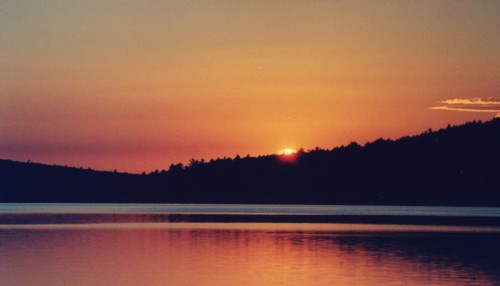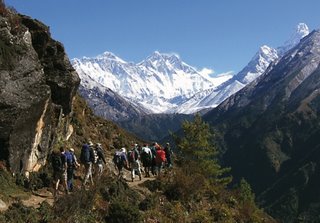UPDATE: All the gear, new tent (again), trial run
We did manage to go down to MEC and bought all the last few odds and ends (see list in previous post). It was fun to go down and surf through all the gear available. At one point, I turned to Gerry and suggested that our bigger purchase for next year should be a high quality tent...this comment was enough to get us both thinking (see below). We did well to keep to our list of "needs" and made it back home in time for Gerry to accompany Marie to an appointment.
That afternoon, Gerry and I decided to put the tents up in the back yard. We first put up my big 3 man dome tent, that weighs in at a booming 10 lbs and then the much lighter 2 man bivy. As we stood staring at both of these very different tents, we both saw a problem with each.
The Dome Tent: Too Big, Too heavy and more tent then we even need
The Bivy Tent: Tight fit for both of us, Water resistance questionable
fit for both of us, Water resistance questionable
So where does that leave us? Looking at getting a new tent this year of course. I give Gerry full marks for pointing out that we might be able to get away with using the Bivy, but once we starting looking at getting an MSR Hubba Hubba, he was quick to get on board. We ended up getting a brand new one from the Gear Swap on the MEC website for a good price and will be picking it up early next week.
On a different note Gerry and I fired up out MSR simmerlite stove last weekend and even tried our hand at baking using our Outback Oven. We made brownies and a pizza, both turned out pretty good...despite some errors on our part. I am glad we did this trial, as it will be good experience when we are on the trip. We took pictures and video that I will add to this when I can get it from Gerrys cam.



